1. Jellyfish: The Ancient Drifters
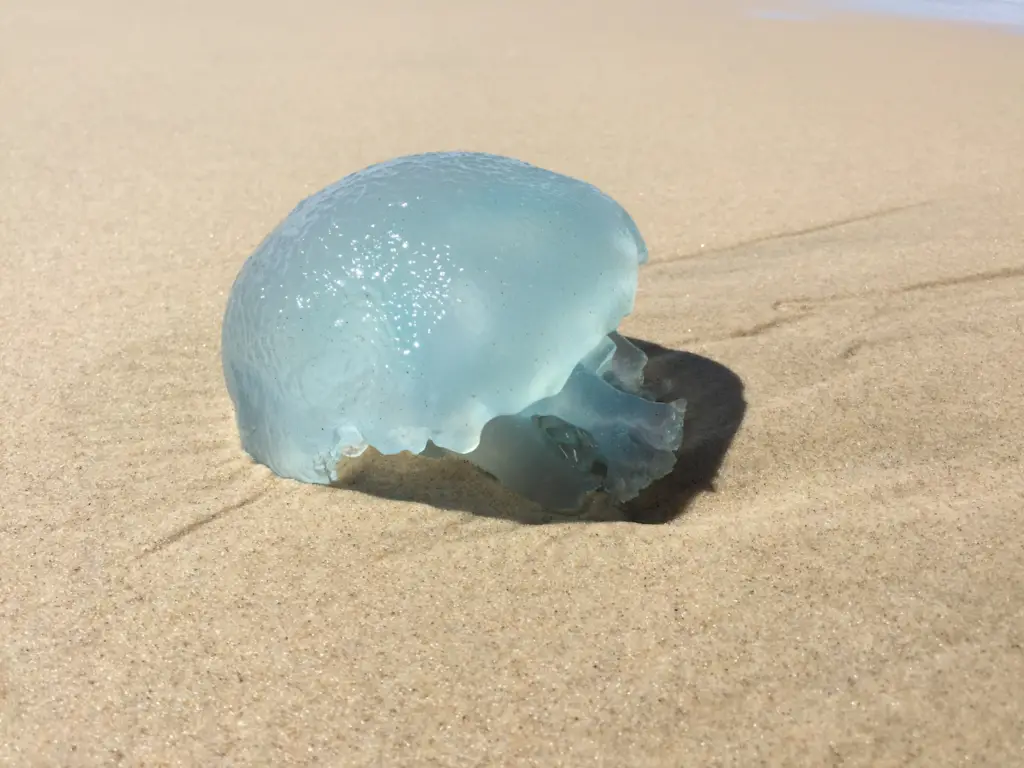
Jellyfish are some of the oldest animals on Earth, having existed for over 500 million years, according to NewScientist, and they do it all without a brain. Instead of a central nervous system, they rely on a nerve net—a decentralized network of nerves that enables basic responses to stimuli like light and touch. This nerve net helps them pulsate their bell-shaped bodies to propel through the water. Their simple anatomy is perfectly suited for their drifting lifestyle, where currents do most of the work. Jellyfish also have specialized cells called cnidocytes for stinging and capturing prey, which function automatically. Their survival strategy relies on simplicity and efficiency rather than complexity. Despite their lack of a brain, jellyfish can perform tasks like avoiding obstacles and hunting prey. Some species, like the immortal jellyfish (Turritopsis dohrnii), can even revert to a younger stage of life, showcasing their incredible adaptability. Their simplicity is a testament to evolution’s resourcefulness.
2. Sea Stars: Brain-Free Wanderers
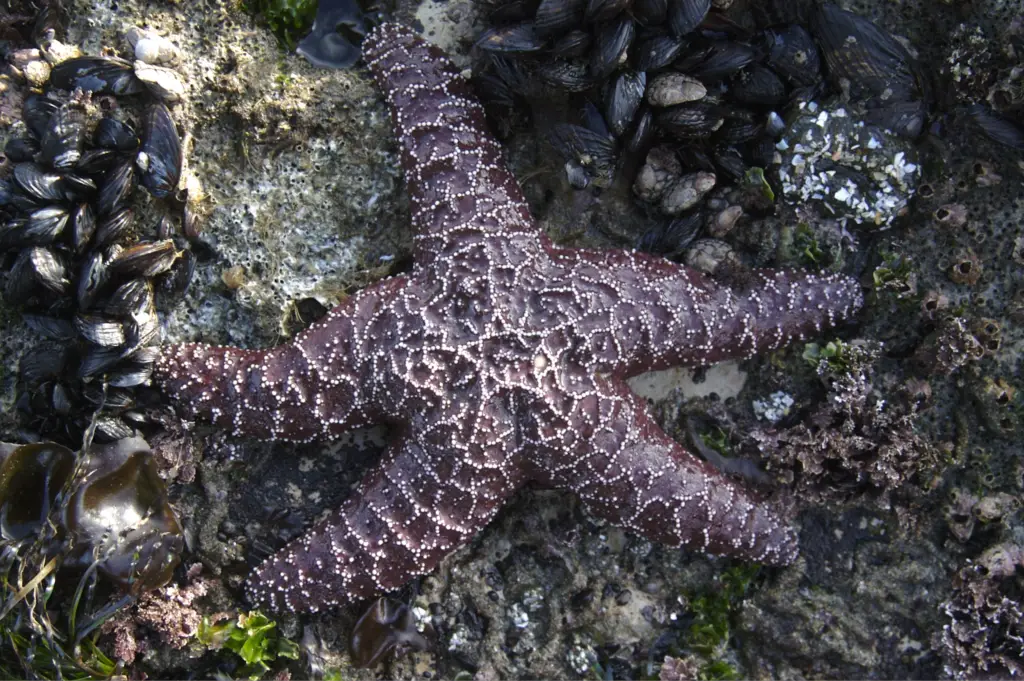
Sea stars, or starfish, have no centralized brain, yet they manage to move, hunt, and even regenerate lost limbs. Their nervous system is spread throughout their bodies, with a nerve ring around their mouth coordinating their movements. Each arm has its own ganglia, or nerve clusters, allowing them to operate semi-independently. This decentralized system is incredibly effective for navigating the ocean floor in search of food like clams and oysters. By exerting pressure with their tube feet, sea stars can pry open the shells of their prey. They even extrude their stomachs to digest food externally before pulling it back inside their bodies. Remarkably, sea stars can regenerate lost arms, according to a study from the National Library of Medicine. Their ability to thrive without a brain highlights the versatility of decentralized nervous systems in nature.
3. Sponges: The Simplest Survivors
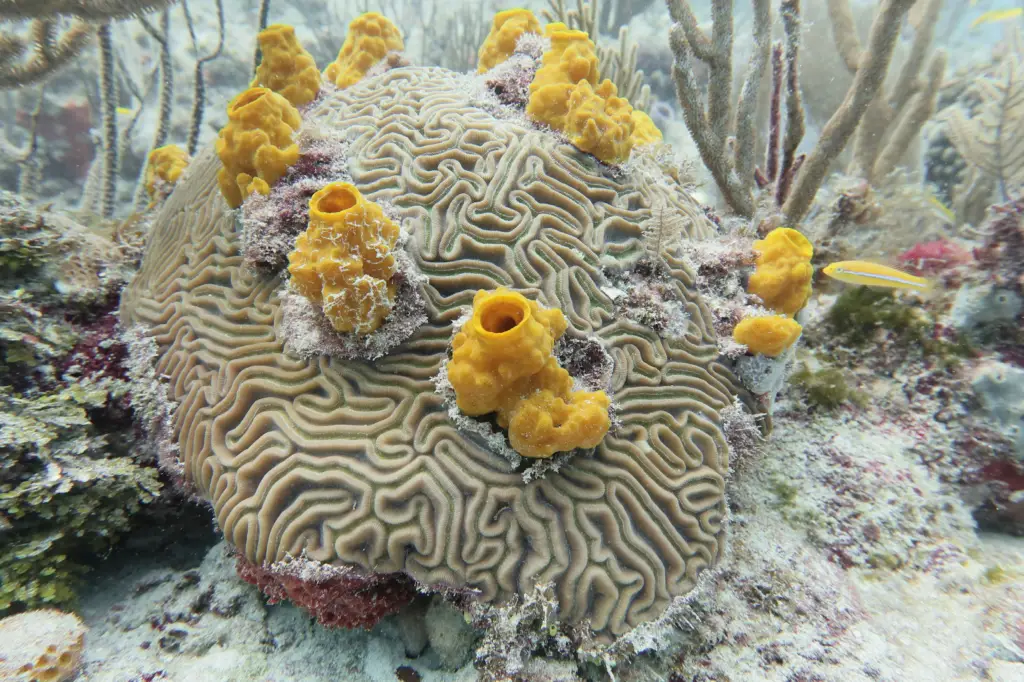
Sponges are among the simplest multicellular organisms, lacking a brain, nervous system, or even true tissues. These animals rely on a system of specialized cells to pump water through their porous bodies, filtering out tiny food particles. Despite their simplicity, sponges are highly efficient at extracting nutrients from their environment. They use collar cells, or choanocytes, to create water currents and capture food, while amoebocytes distribute nutrients throughout their bodies. Sponges also play a vital role in marine ecosystems, providing habitat and filtering vast amounts of water. Their survival strategy relies on passive feeding and a sturdy structure supported by spicules. By focusing on efficiency and stability rather than complexity, sponges have persisted for over 600 million years, according to a study from the Nanjing Institute of Geology and Palaeontology. They’re a living reminder of life’s humble origins and the power of simplicity.
4. Sea Urchins: Spiny Eaters with Simple Minds
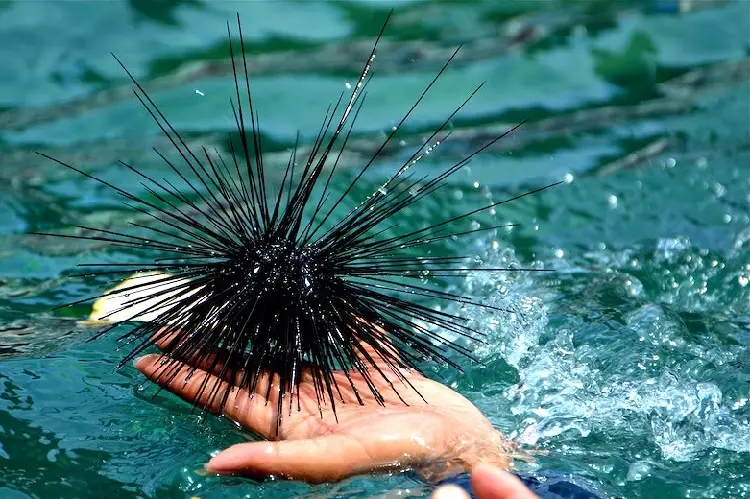
Sea urchins have no brain but possess a nerve ring around their mouths and nerve cords running through their bodies. These structures allow them to coordinate their spines and tube feet for movement and feeding. According to the Catalina Island Marine Institute, sea urchins use their tube feet to navigate rocky surfaces and their powerful jaws, called Aristotle’s lantern, to scrape algae off rocks. Their decentralized nervous system enables them to respond to stimuli like light and touch, ensuring their survival in complex marine environments. Despite their lack of a brain, sea urchins are vital to ecosystems, controlling algae growth and serving as prey for many predators. Some species can live for decades, demonstrating the resilience of brainless organisms. Their ability to adapt and thrive in harsh environments underscores the effectiveness of their simple design.
5. Ctenophores: Nature’s Living Lanterns
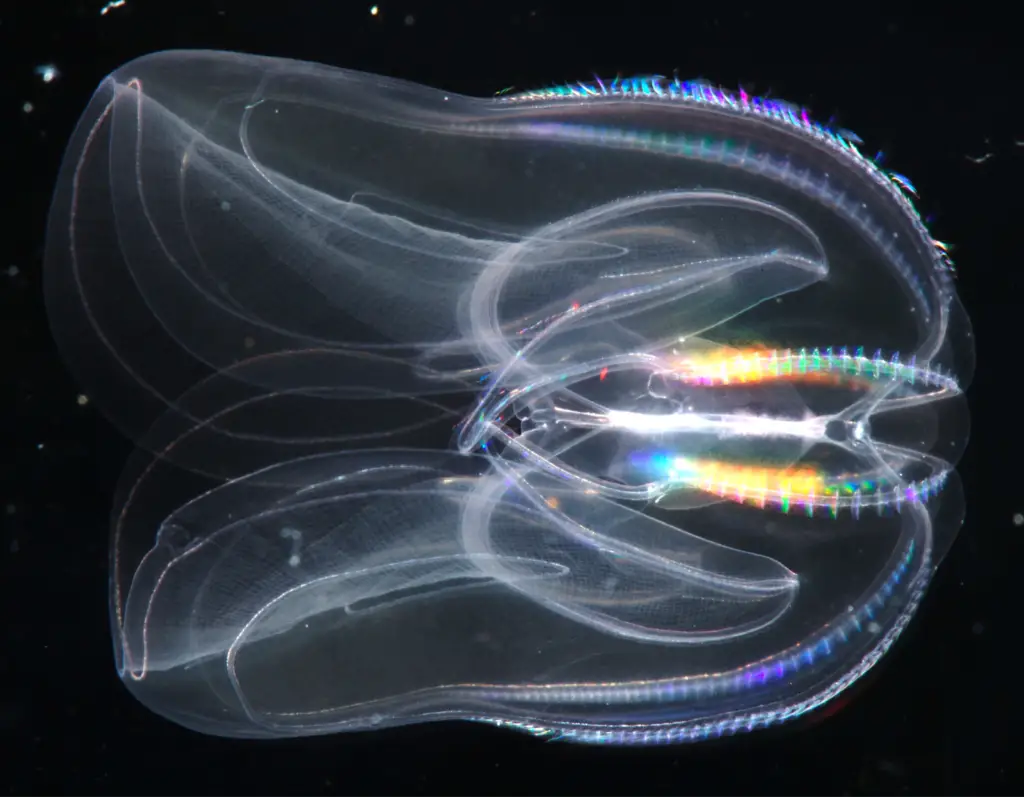
Commonly known as comb jellies, ctenophores are brainless creatures that light up the ocean with their bioluminescence. These gelatinous animals rely on a nerve net to coordinate their movement and feeding. Rows of tiny, hair-like cilia, arranged in comb-like plates, allow them to glide gracefully through the water. According to the National Marine Sanctuary Foundation, ctenophores use sticky cells called colloblasts to capture prey, a method that’s unique among marine animals. Despite their lack of a brain, ctenophores exhibit complex behaviors like directional swimming and prey selection. Their mesmerizing light displays serve as both a defense mechanism and a way to attract mates. These brainless wonders prove that sophistication doesn’t always require a central nervous system.
6. Corals: Builders of Underwater Cities
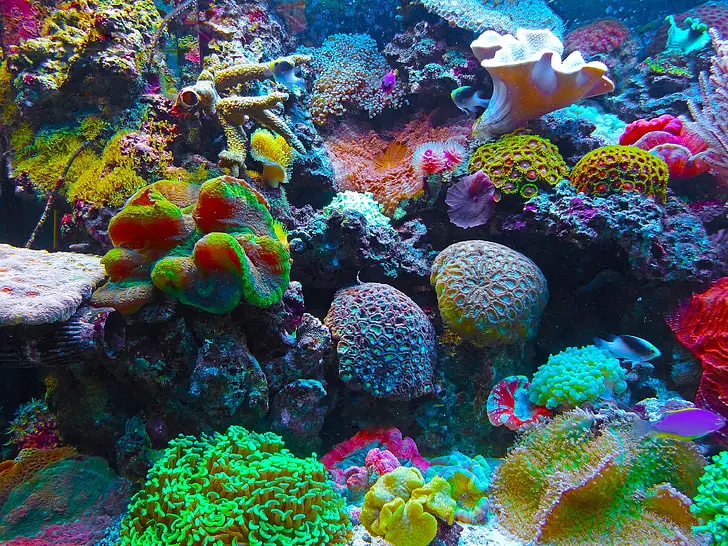
Corals may seem like plants or rocks, but they’re actually animals that survive without brains. These marine invertebrates rely on a simple nerve net to coordinate feeding and other basic functions. Corals extract nutrients from plankton and depend heavily on a symbiotic relationship with algae called zooxanthellae, which provide energy through photosynthesis. Despite their simplicity, corals create massive reef structures that support diverse ecosystems. They respond to environmental changes, like water temperature and acidity, by releasing stress signals through their nerve net. Corals’ ability to thrive without a brain has enabled them to become one of the most important keystone species in the ocean.
7. Flatworms: Regeneration Experts
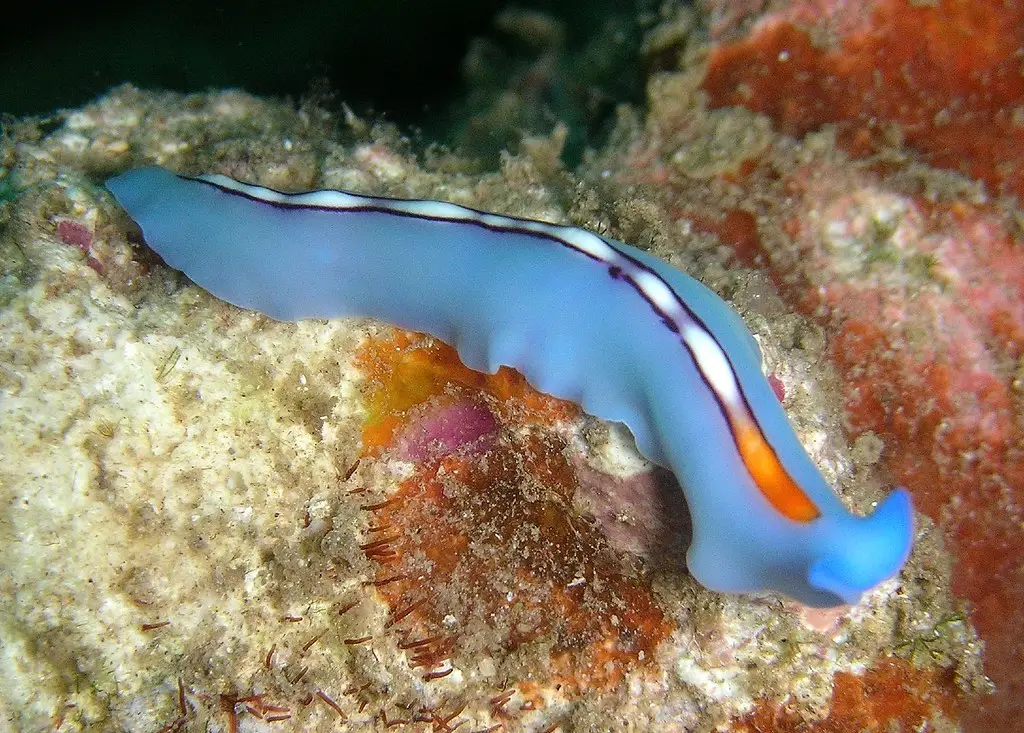
Flatworms, or planarians, lack a true brain but possess a simple network of nerve cords and a pair of cerebral ganglia that act as a primitive control center. These creatures are famous for their regenerative abilities, capable of regrowing entire bodies from small fragments. Flatworms move using cilia and feed by extending a muscular tube from their mouths to suck up nutrients. Their ability to regenerate lost parts allows them to survive injuries that would be fatal to more complex organisms. This resilience makes them a fascinating subject for scientists studying stem cells and regeneration.
8. Tunicates: Brain in Early Life Only
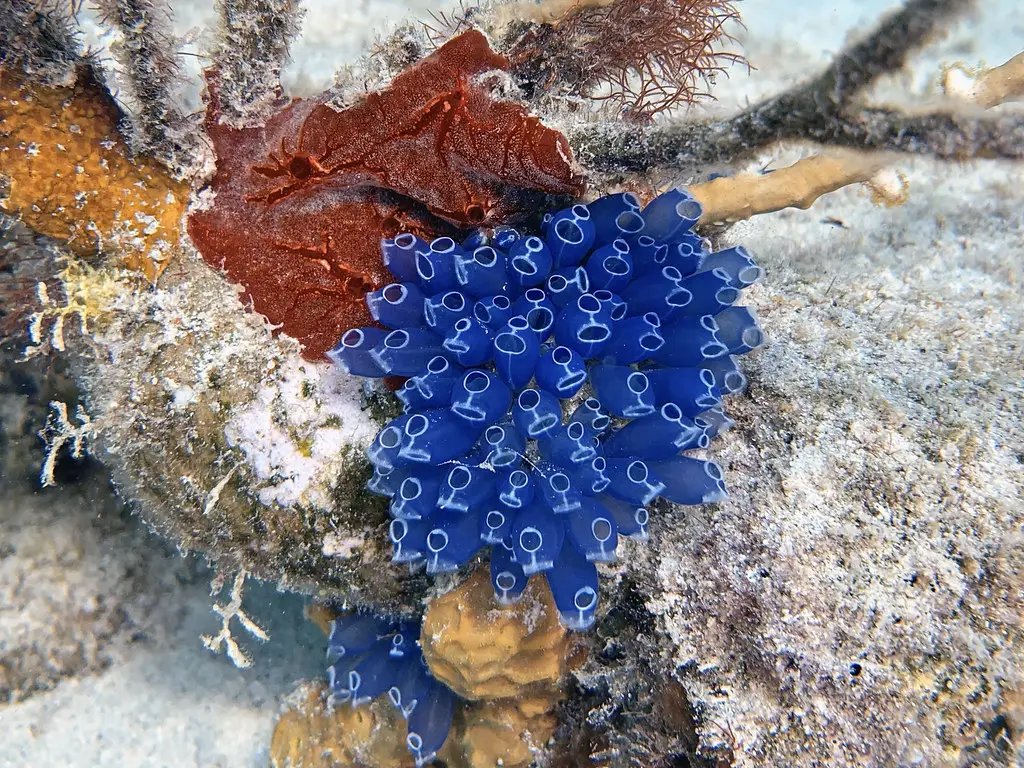
Tunicates, or sea squirts, begin life with a primitive brain and spinal cord as free-swimming larvae. Once they settle on a surface and transform into their adult form, they lose these structures. Adult tunicates rely on a simple nerve net to control feeding and other basic functions. They filter plankton from seawater using a specialized siphon system. Tunicates’ lifecycle highlights how some animals can thrive by abandoning complexity in favor of simplicity. Their adaptability and efficiency are key to their survival.


